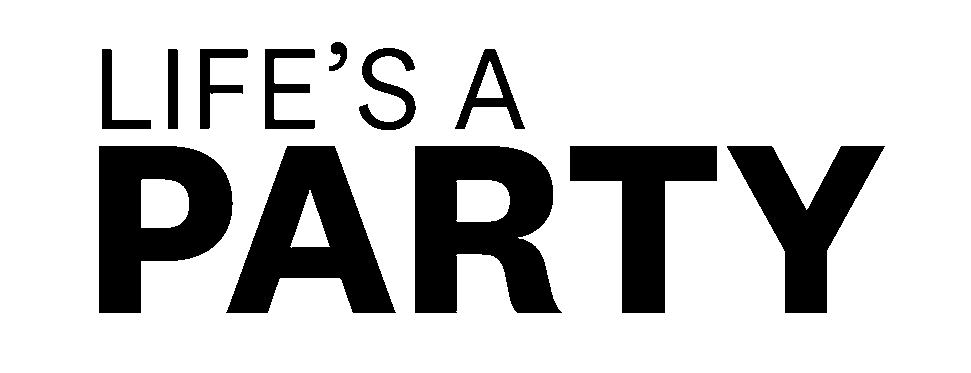
NALOXONE
Naloxone is a life-saving medication that can reverse the effects of an opioid overdose, including those caused by fentanyl, heroin, and prescription opioids.
Naloxone is completely safe to use, even if the person doesn’t need it. If someone isn’t overdosing on opioids, naloxone won’t have any effect on them. But if they are, it can quickly reverse it and help save their life.
How does naloxone work
- Naloxone is purely an opioid antagonist, meaning its sole purpose is to counteract the effects of opioids on the brain.
- Naloxone has a strong ability to attach to opioid receptors in the brain. It doesn’t activate them like opioids do; instead, it blocks them and pushes out any opioids that are already attached. This blocks the effects of the opioids for about 30 to 60 minutes.
- Naloxone is easy to administer, and can be highly effective no matter how strong an opioid is.
- A person does not need to be breathing for it to be effective. And, it will not harm someone who isn’t actively overdosing.
- *Naloxone is available in multiple forms: intramuscular injection, atomizers, and nasal spray.
For more information, watch this quick video:
Video Summary:
Naloxone is a drug that can reverse an opioid overdose. It is an opioid antagonist, meaning it displaces other opioids from opioid receptors. It attaches more strongly to these receptors without activating them, which kicks out the activating opioids and blocks the receptor for 30 to 90 minutes.
An analogy for how Naloxone works is to think of opioid receptors as golf tees, opioids as golf balls, and Naloxone as a friend that knocks the golf balls off the tees and protects them from further activation.
Some key facts about Naloxone are that it is absorbed through the mucus membranes in the airway and doesn't require active breathing to be effective. It is easy to administer and has no potential for misuse. It can be highly effective regardless of how strong the opioid is and can even reverse a fentanyl overdose.
It is a myth that fentanyl and similar opioids are Naloxone-resistant. This misunderstanding arose because fentanyl acts much faster than other opioids, leaving a shorter window to respond. As long as Naloxone is used or oxygen is introduced within this window, individuals can survive an overdose from even the most powerful opioids.
Signs of an Overdose
- Non-responsive
- Slow/stopped breathing
- Blue/gray Lips & fingernails
- Skin is pale/ashen and clammy
- Limp body
- Vomiting/gurgling
- Weak or no pulse
How to respond
- Check for responsiveness
- Got a response? No need for naloxone at the moment
- Yell for help and find naloxone
- Place person on their back
- Move the person carefully. Ask for help if you need it. Tilt the head back to clear the airway.
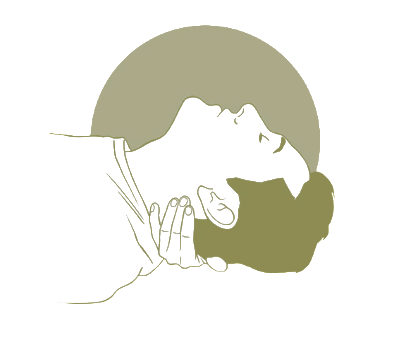
- Give one dose of naloxone
- if using nasal spray:

- Call 911
- As soon as possible, between Steps 2-6, as long as it doesn't slow your use of naloxone.
- Compose yourself, explain quickly and clearly the situation and the observed symptoms.
- If there is no reaction in 2-3 minutes, administer a second dose of naloxone
- Follow 911 Instructions
- You may be guided through chest compressions or rescue breathing by dispatch personnel
- If you need to leave, or are told to: Place person in the rescue position

- Stay until help arrives
- Simply follow directions and get out of the way once EMTs arrive.
- A Note About Calling 911: All overdose situations are unique. We encourage individuals to assess the risk of calling 911 when or after responding to an overdose. Emergency services can help an individual who has overdosed, especially if there are other injuries involved. However, people should make this decision based on their comfort with law enforcement and emergency services, and with their safety in mind.
Where to get naloxone
- Your local public health department
- North American Syringe Exchange Network (NASEN)
- NEXT Distro
- Amazon
- Walmart
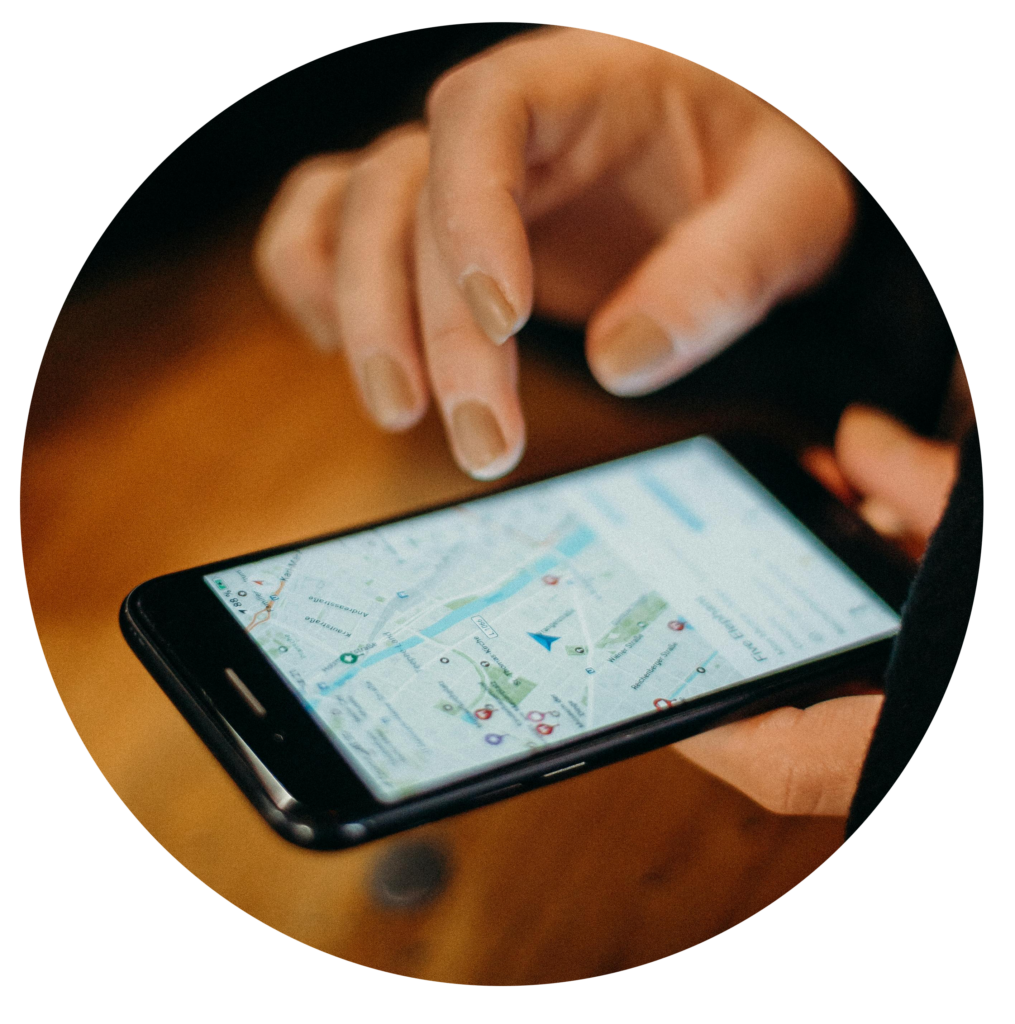
RESOURCES
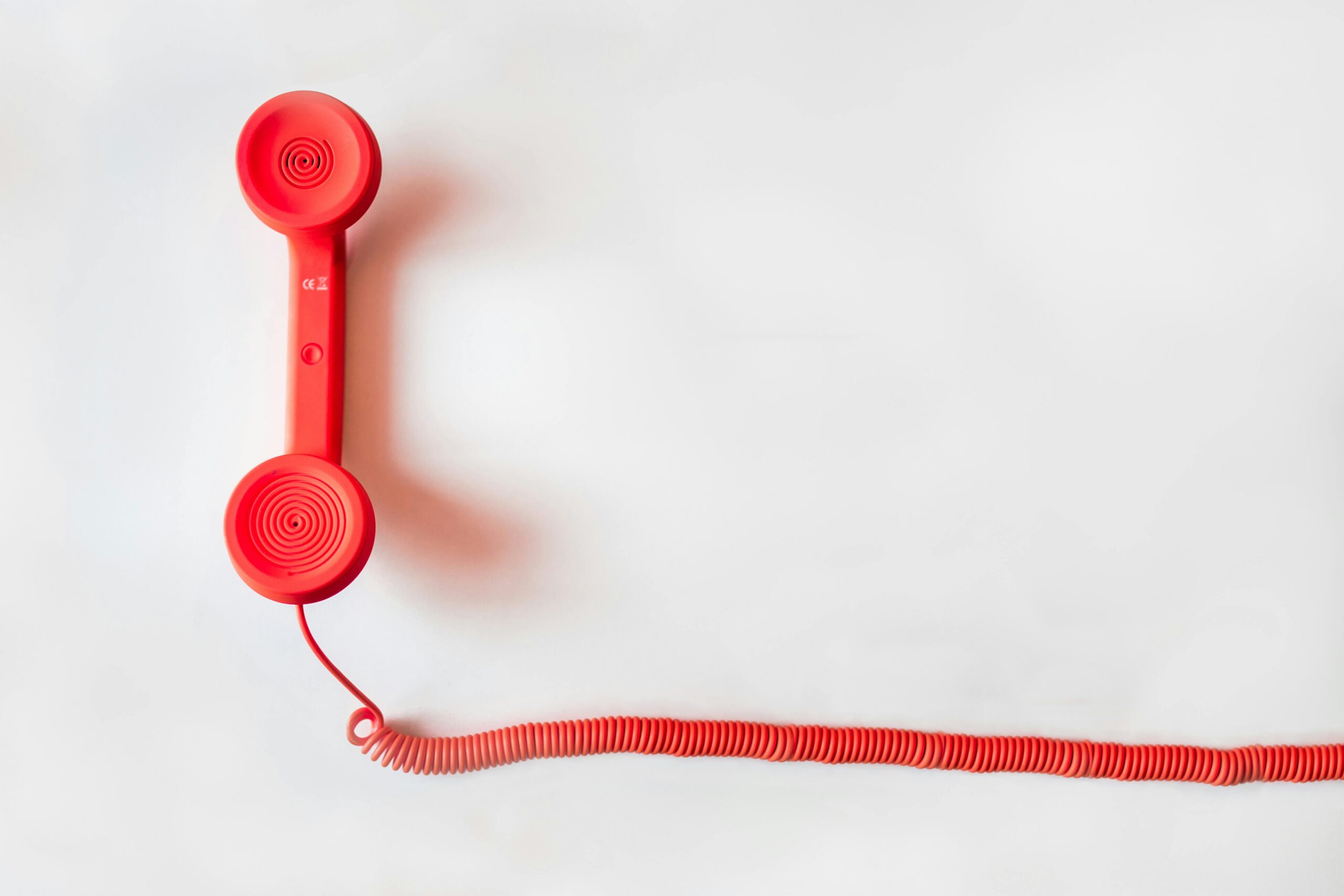
GET HELP
Help for Me
or
Help for Someone Else

OVERDOSE RESPONSE KIT
Get Access

TRAINING VIDEOS
SAFE Project collection of trainings
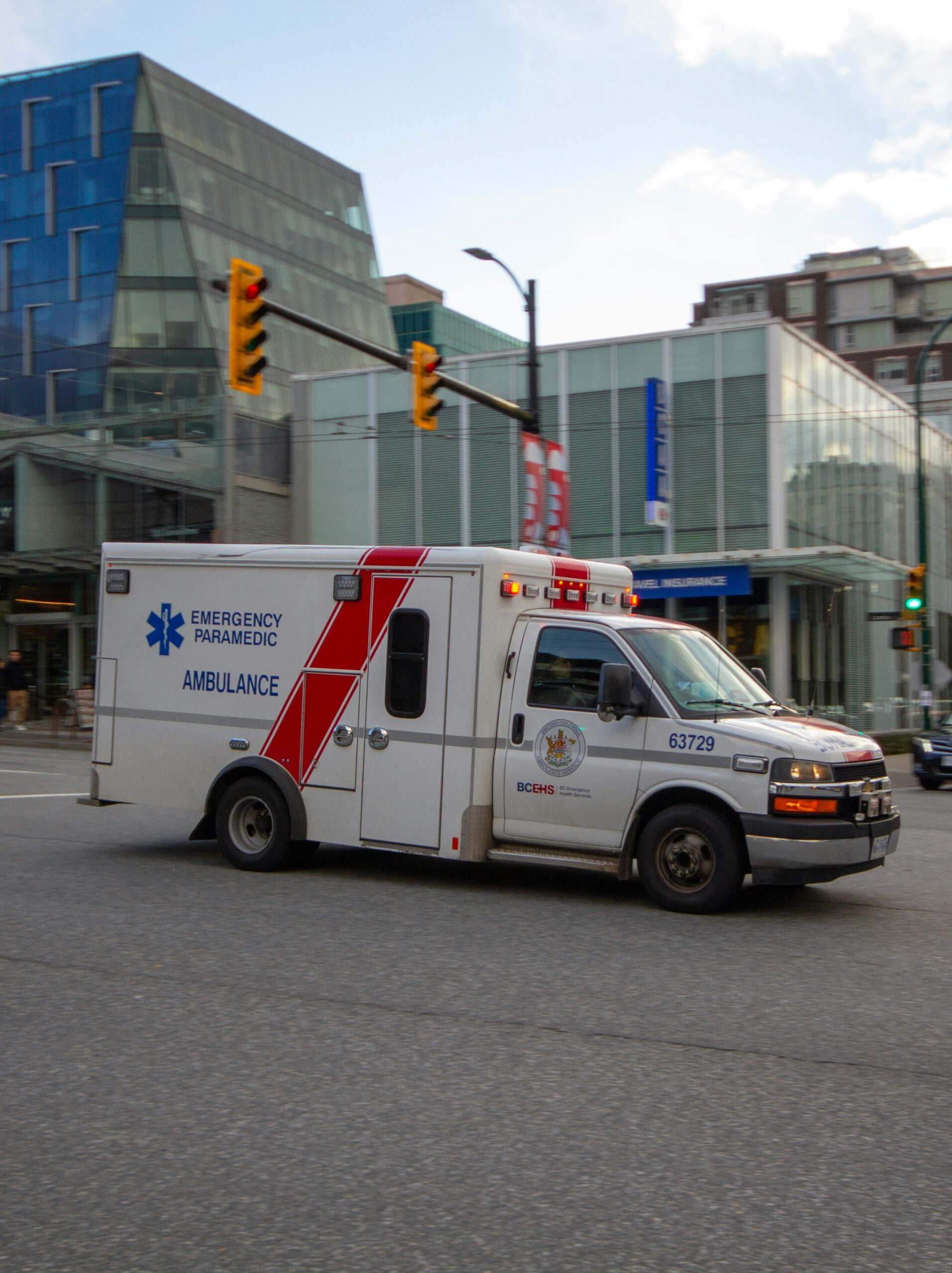
GOOD SAMARITAN LAW
What are the local laws?

DRUG POLICY
Why it matters

ABOUT SAFE PROJECT
Learn More
This campaign is brought to you by

Help us keep this lifesaving work going.
